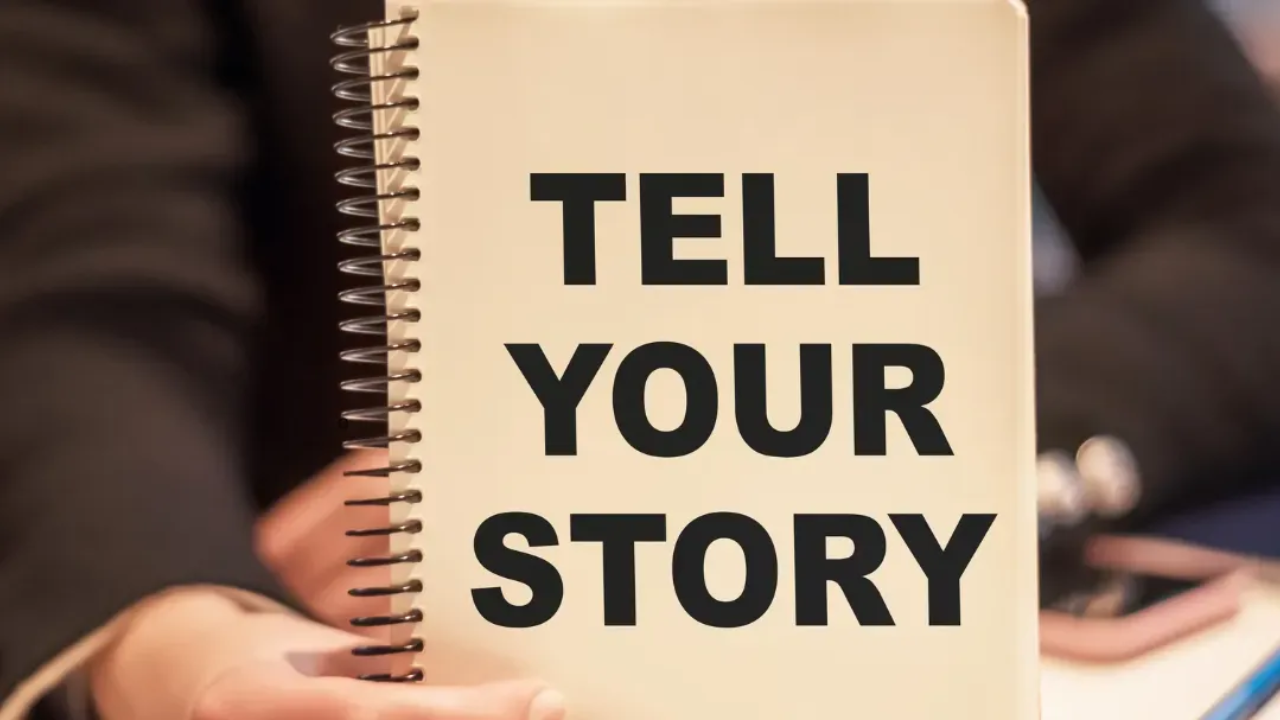3 Mistakes You're Making in Telling Your Story -- and What do Do About Them

Originally published in Inc. Magazine.
Storytelling is a powerful communication tool. It's a way to build a memorable brand, create customer engagement, sell products and raise growth capital. Companies from Nike and Google to SAP and Cargill have professional storytellers on staff to leverage the power of stories--and some of those employees sit in the C-Suite as "chief storytelling officers."
Storytelling is "stickier" than presenting data alone because it engages the motor and sensory region of the cerebral cortex. This means when someone listens to a story, they not only hear it--they see it and feel it. When University of Houston professor and prolific author Dr. Brene Brown delivered her presentation on "The power of vulnerability" at TEDx Houston, she remarked that "stories are just data with a soul."
Paul Zak, the founding director of the Center for Neuroeconomics Studies at Claremont Graduate University, wrote in a 2015 article for the Dana Foundation: "Narratives that cause us to pay attention and also involve us emotionally are the stories that move us to action." And because stories are so potent in moving people to action -- as a sales tool, an engagement strategy, and a marketing tactic -- they have become ubiquitous.
With so many stories competing for your audience's attention, what can you do to cut through the clutter to make your story stickier than others?
You don't need to run out and hire a chief storytelling officer, employ a cutting edge videographer, or throw out your whole website. What you do need to do is understand three common cognitive biases -- mental shortcuts -- that your listeners likely have, and craft your stories in a way that takes advantage of the way they're already thinking.
1. Familiarity Principle
We tend to prefer things that we are familiar with. Studies have shown that people even demonstrate a preference for products that share the same letter of their name. To take advantage of this, your stories should:
-
Repeat key words and themes frequently.
-
Make references and analogies to products and services that the listener already knows, likes, and uses.
-
Use a client examples who share common characteristics with your audience (yes, maybe even using the same first name).
2. Knee-Jerk Bias
We want to make fast decisions and take immediate actions. In economics, this is known as hyperbolic discounting, where, given two similar rewards, people show a preference for one that will come sooner (and sometimes smaller) rather than later (and bigger). To leverage this, your stories should:
-
Help your listener understand how they can get involved immediately.
-
Offer both short-term and long-term options for getting involved that aren't mutually exclusive.
-
Provide simple strategies for buying or buying in rather than complex, ambiguous or time-sucking ways.
-
Show your listeners how investing in your product or service is a natural extension of what they're already doing.
3. Self-Serving Bias
We want to maintain and enhance our self-esteem. We also tend to see ourselves as more competent and altruistic than we really are. To tap into this, your stories should:
-
Make your listener feel important.
-
Show them how investing in your product or service would make them feel happy and proud.
-
Highlight why this is a smart decision.
-
Use language that conveys that they are uniquely qualified to take advantage of what you're offering.
-
Rely on words like you, us, and we to make them feel like they are a part of an exclusive in-group.
When it comes to telling a story, less is more: The less work you give your listeners to do in processing the information, the more work will come your company's way.
